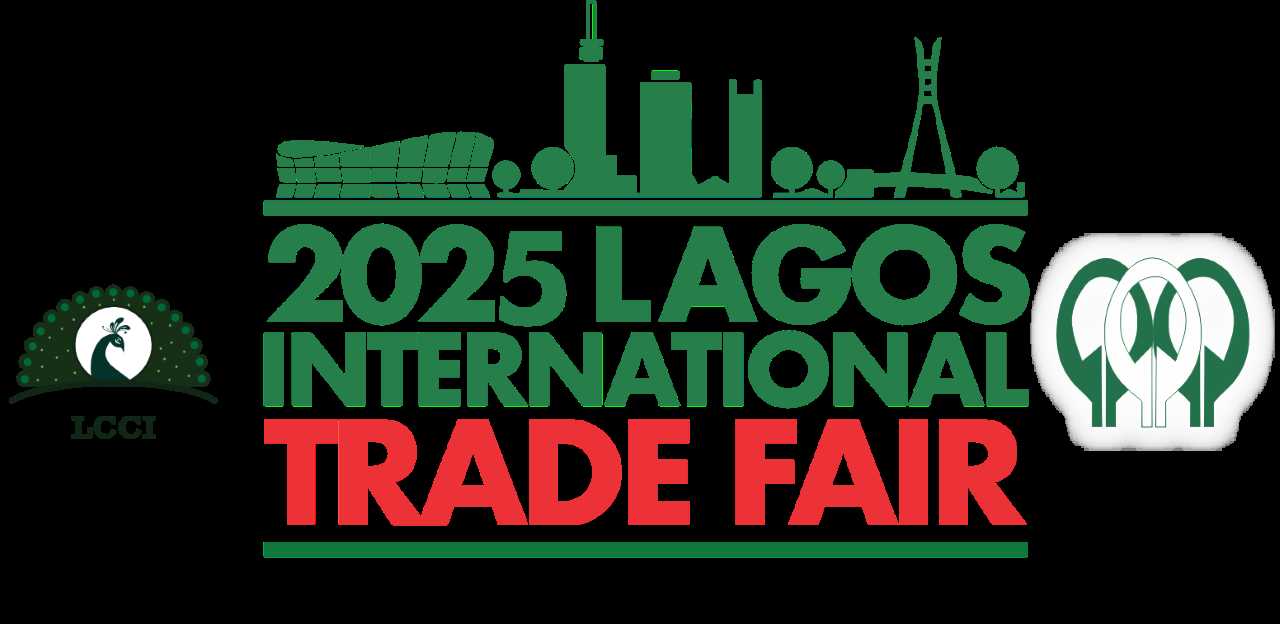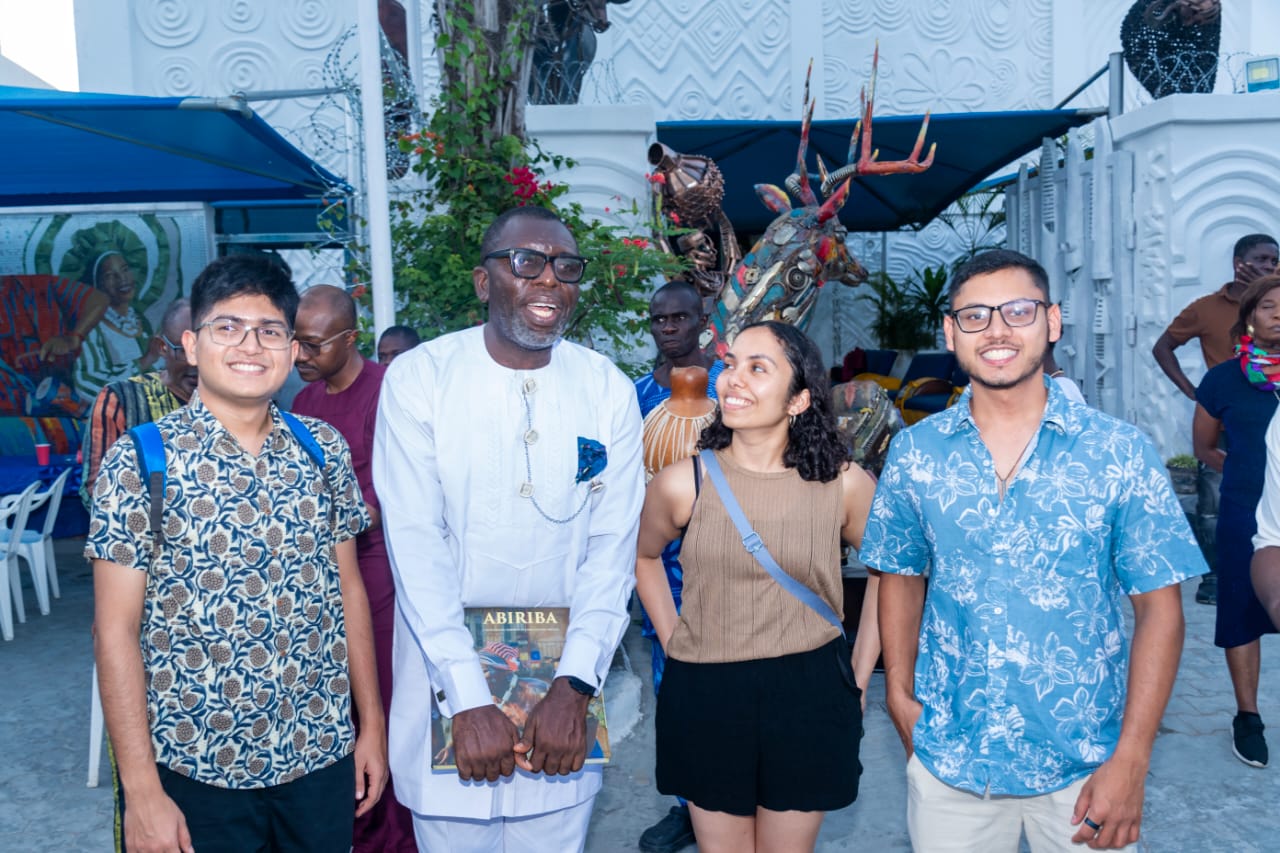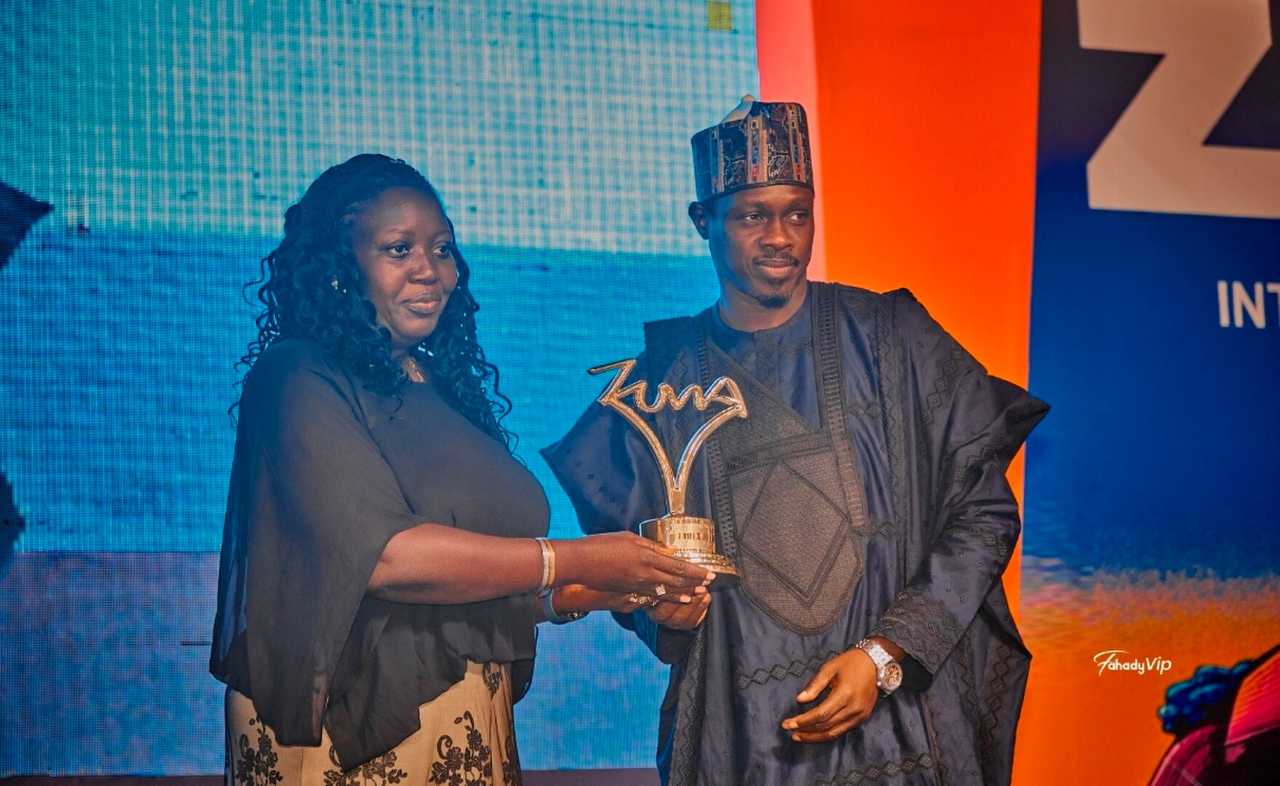THE 2025 Lagos International Trade Fair (LITF) saw music, arts and the Japanese culture give expression to commerce. This innovation to trade introduced by the Japanese External Trade Organisation (JETRO), tagged,
“Gateway To Unlimited Possibilities And Opportunities” organised in collaboration with OtakuTV witnessed a new attraction with Super Japan offering anime exhibitions, gaming arenas and cultural performances.
Aside from this, upcoming artists were given opportunity to showcase their master strokes on the canvass, while dozens of school pupils were to put colours on their favourite cartoon characters or bring out their imaginations in sketches.
Held at the Tafawa Balewa Square (TBS), Lagos, JETRO Country representative, Takashi Oku, disclosed that Lagos was chosen for its creative vibrancy, because of its youthful population and young people’s deep appetite for global pop culture, adding that the fair served as an avenue to introduce to Lagos residents the vibrancy of Japanese pop culture, while strengthening cross-cultural ties and expanding trade fair’s global reach.
With the opening attracting government officials, culture envoys, captains of industry, exhibitors, artists and tens of thousands of Nigerian youths, organisers described it as a cultural bridge built through trade, entertainment and creative exchange—a reflection of Japan’s growing interest in deepening engagement with Africa’s largest economy, Nigeria.
For OtakuTV, a major platform for anime and pop-culture enthusiasts in Nigeria, the programme was a long-awaited celebration of the “shared creative chemistry” between Japanese content and the Nigerian culture. With millions of young Nigerians already consuming Japanese anime and gaming content online, organisers say the physical experience will strengthen fan communities and create opportunities for cultural entrepreneurship.
Visitors at Super Japan were treated to a multi-layered exhibition that goes beyond the typical trade-fair format. Anime and manga booths displayed character art, story collections, production insights, and illustration demonstrations. Cosplay activities brought the excitement of Japanese animation to life as fans dress up as characters from Naruto, One Piece, Attack on Titan, Demon Slayer, Jujutsu Kaisen and other widely followed series.
Interactive gaming stations allowed visitors, especially young people, to test their skills on popular Japanese video games, while the competitions ensued drew a huge audience.
There were also live J-Pop music performances and dance routines, complemented by traditional Japanese theatrics such as taiko-style drumming, origami, calligraphy workshops and craft sessions. These activities gave visitors a broader appreciation of Japan’s cultural spectrum—from the historic traditions to contemporary global entertainment.






